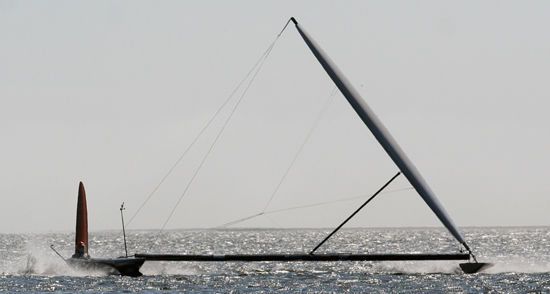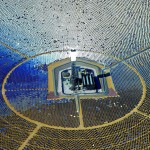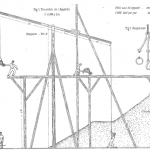The prison treadmill was invented in England in 1817 by Sir William Cubit, who observed prisoners lying around in idleness and put himself to the task of “reforming offenders by teaching them habits of industry.” Forty-four prisons in England adopted it as a form of hard labour that could also grind grain (although some treadwheels were only “grinding the wind“).
The punitive treadmill was then implemented in America for two long years, between 1822 and 1824, at Bellevue penitentiary outside New York. Prisoners stepped on the mill for 10 hours a day (with 20 minute breaks per hour), grinding grain, often with a large audience of jeering onlookers housed in a specially built viewing house. Read here and here. Picture credit. See more images.
Related: Human powered cranes and lifting devices.






